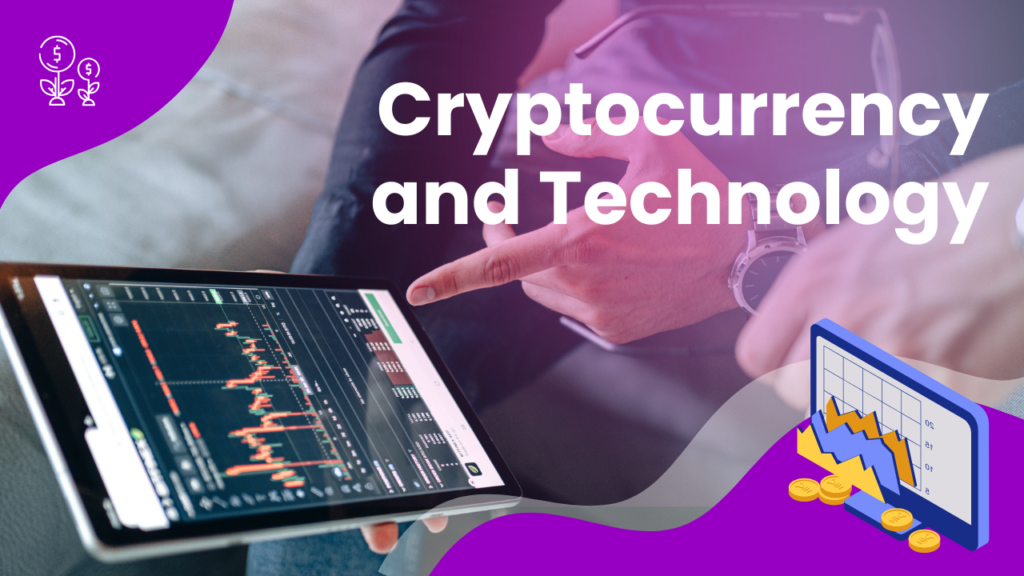
Introduction
The world is rapidly shifting towards digital transformation, and at the center of this revolution lies cryptocurrency and cutting-edge technology. From blockchain innovations to artificial intelligence (AI) and Web3, these advancements are reshaping industries, economies, and the way we interact with the digital world.
In this article, we’ll explore the latest trends in cryptocurrency, blockchain, and technology, along with what the future holds for digital finance and innovation.
1. The Rise of Cryptocurrency: Beyond Bitcoin
Cryptocurrency has evolved beyond just Bitcoin. While Bitcoin remains the most dominant digital asset, the rise of altcoins like Ethereum, Binance Coin, and Solana has introduced new possibilities, such as:
- Decentralized Finance (DeFi): Banking without intermediaries.
- Non-Fungible Tokens (NFTs): Digital ownership and unique assets.
- Smart Contracts: Automated and self-executing agreements.
As more businesses accept crypto payments, mainstream adoption is on the horizon.
2. Web3 & The Future of the Internet

The internet is moving towards Web3, a decentralized web powered by blockchain technology. Unlike traditional Web2 platforms controlled by tech giants, Web3 gives users ownership over their data and digital identity. Key Web3 innovations include:
- Decentralized Apps (DApps) – Applications running on blockchain networks.
- Metaverse Integration – Virtual worlds powered by digital currencies.
- Decentralized Autonomous Organizations (DAOs) – Community-led organizations without central authorities.
3. AI and Blockchain: A Powerful Combination
Artificial intelligence (AI) is transforming the way blockchain networks operate. AI-driven automation is enhancing security, fraud detection, and predictive analytics in the crypto space. From trading bots to AI-powered smart contracts, the fusion of AI and blockchain is shaping the future of digital finance.
4. Cybersecurity in the Digital Age
With the rise of digital assets, cyber threats are also increasing. Hackers target crypto exchanges, NFT marketplaces, and digital wallets. Here’s how users can stay safe:
- Use Cold Wallets: Store crypto assets offline for security.
- Enable 2FA: Two-factor authentication for additional protection.
- Beware of Scams: Avoid phishing attacks and suspicious investment schemes.
5. What’s Next? The Future of Digital Innovation
The coming years will bring further advancements in crypto regulations, blockchain scalability, and mainstream adoption. Countries are exploring Central Bank Digital Currencies (CBDCs), while tech giants continue to integrate blockchain into their platforms.
